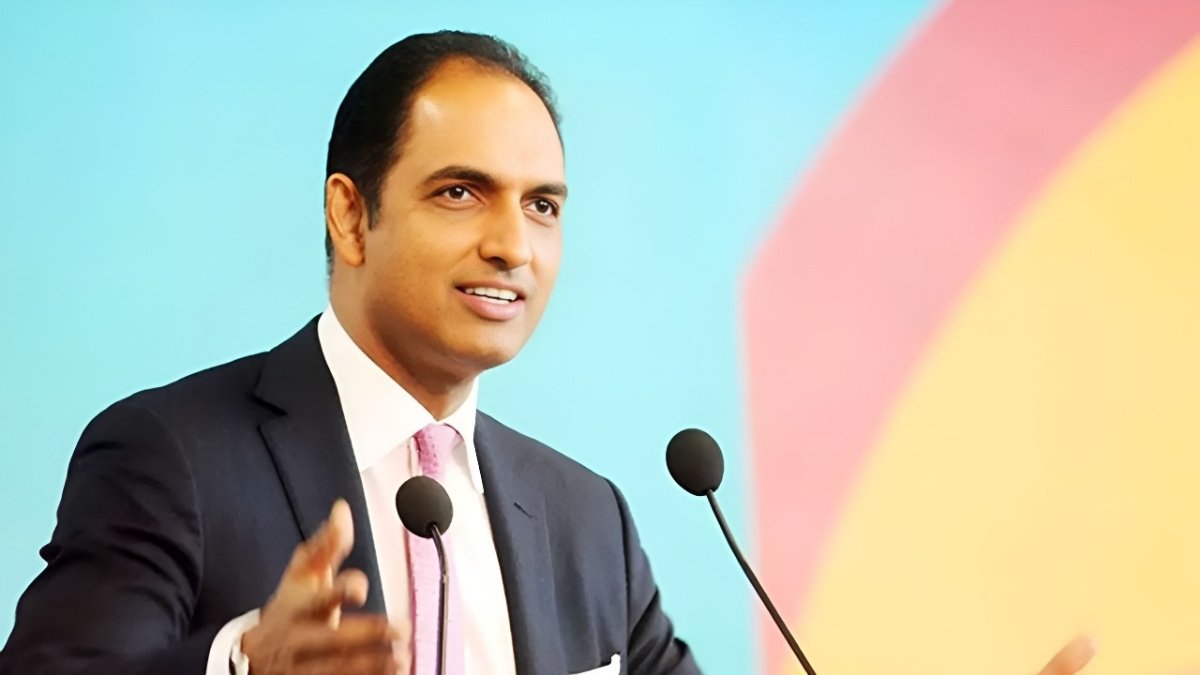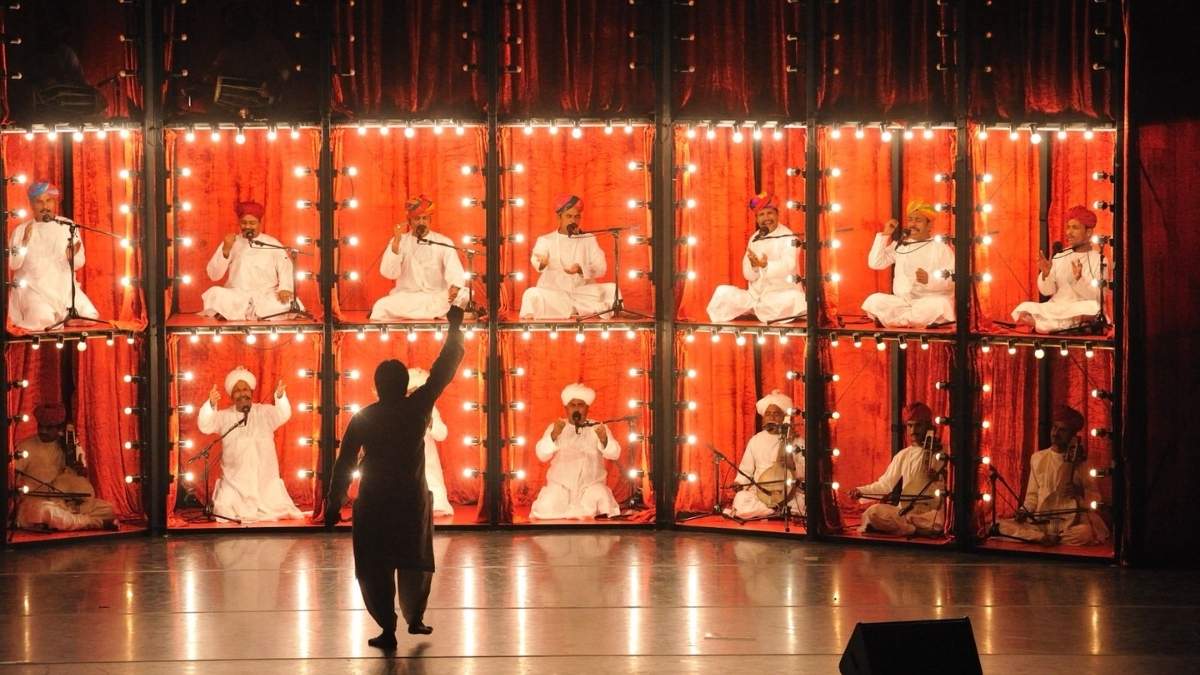
New Delhi [India], August 19: While the world is just discussing climate issues sitting in boardrooms, India is rising as a flagbearer for the globe to follow. The nation has already achieved its goals of producing 50 per cent of its energy from non fossil-fuel based sources. As per the Paris Agreement signed at COP26 in Glasgow, India had to fulfil 50 per cent of its energy needs from renewable energy sources by 2030. But with its resilience and target-driven approach, the nation has achieved the goal 5 years ahead of time. This is an achievement showcasing India’s commitment towards the planet and its health.
Union Minister of New and Renewable Energy Shri Pralhad Joshi also shared his joy and exclaimed, “In a world seeking climate solutions, India is showing the way. Achieving 50% non-fossil fuel capacity five years ahead of the 2030 target is a proud moment for every Indian. Prime Minister Shri Narendra Modi’s leadership continues to drive Bharat’s green transformation — paving the path towards a self-reliant and sustainable future.”
Sanjay Reddy, Vice Chairman of GVK Conglomerates, applauded the government, saying, “The Government of India is known for turning impossible into possible. Yet again they have proved that under the right leadership and will to thrive, no goal is hard to achieve. With its revolutionary policy framework, the Ministry of New and Renewable Energy (MNRE) made a successful effort to incorporate green energy into every sector, from agriculture to automobiles. As a result, India has accomplished its target remarkably.”
As a matter of fact, MNRE introduced multi-level policies that not only contributed to the nation’s sustainable future but also to the public welfare. Schemes like PM-KUSUM, PM Surya Ghar: Muft Bijli Yojana, solar park development, and the National Wind-Solar Hybrid Policy played a vital role in the realisation of the energy targets. Apart from this, there were several private organisations that took part in India’s clean energy race.
Sanjay Reddy has also been vocal about green steel. “The fact that electric arc furnaces use natural gas and hydrogen to smelt recycled steel and iron is good news. 30 per cent of the world’s steel is produced in this way. Recycling is definitely a priority in order to reduce the need for new steel, but it is already largely recycled, and new steel will be the requirement,” says G V Sanjay Reddy.
The company that initially took off with India’s first independent power plant in Jegurupadu has covered gas, hydro, and thermal sectors today. As Sanjay Reddy propagates hydro and solar power for renewable energy resources, further development is focused on the two itself, aligning with national renewable energy targets.
All these accumulated efforts from the government and private organisations like the GVK Group have brought the nation the pride of being a futuristic country while being mindful of climate change. As per reports from the Press Information Bureau (PIB), Solar, Wind and Hydro power being the major contributors pitch in 110.9 GW, 51.3 GW and 48 GW respectively. On the other hand, Nuclear, Small hydro projects and bio power contribute 25.5 GW altogether.
The journey towards a sustainable future does not end here. This was the first lap of India’s race towards a clean nation. The next phase will involve Artificial Intelligence (AI) as a key player, helping the nation with demand prediction, forecasted maintenance, automated energy grid management, and system efficiency enhancement. As AI comes into play, the consumers of power will turn into producers with AI-driven platforms, rooftop solar, electric vehicles, and smart meters. India and Indian companies are now motivated to accomplish its goal of being a net zero nation by 2070.
If you have any objection to this press release content, kindly contact [email protected] to notify us. We will respond and rectify the situation in the next 24 hours.





